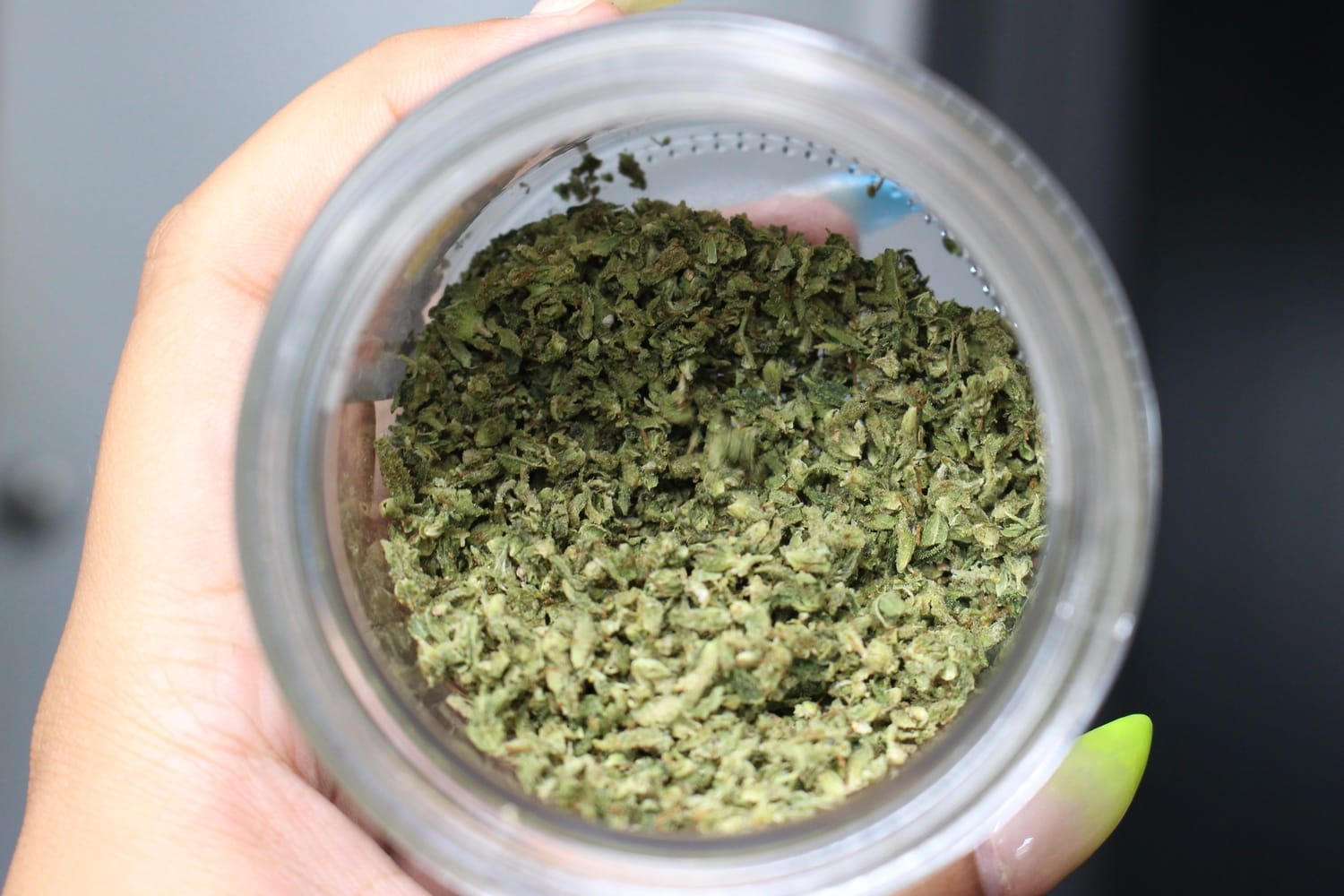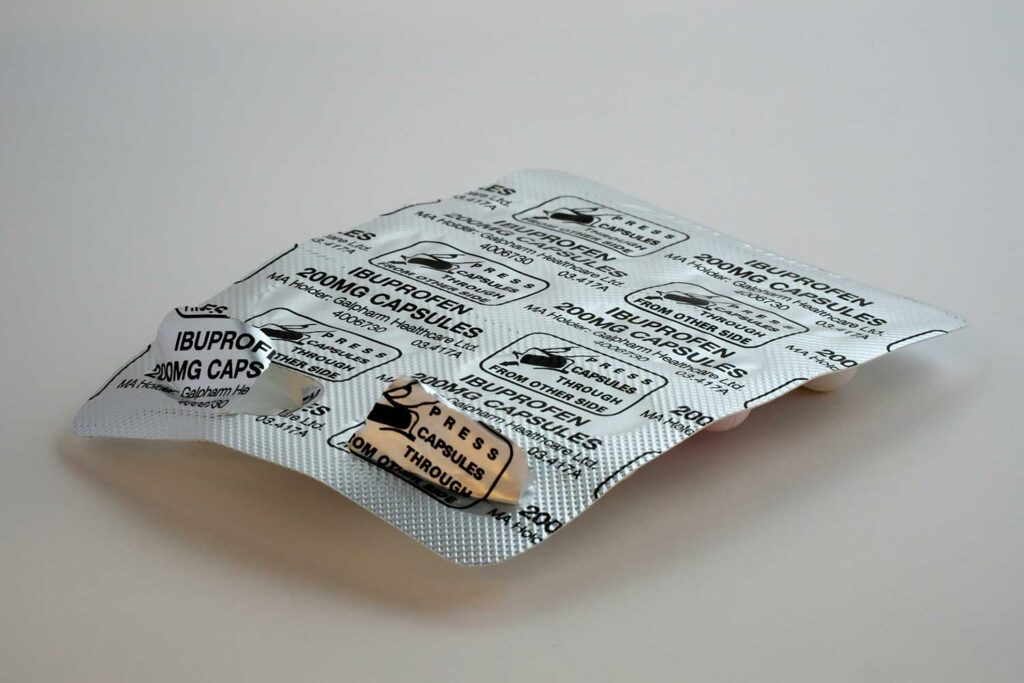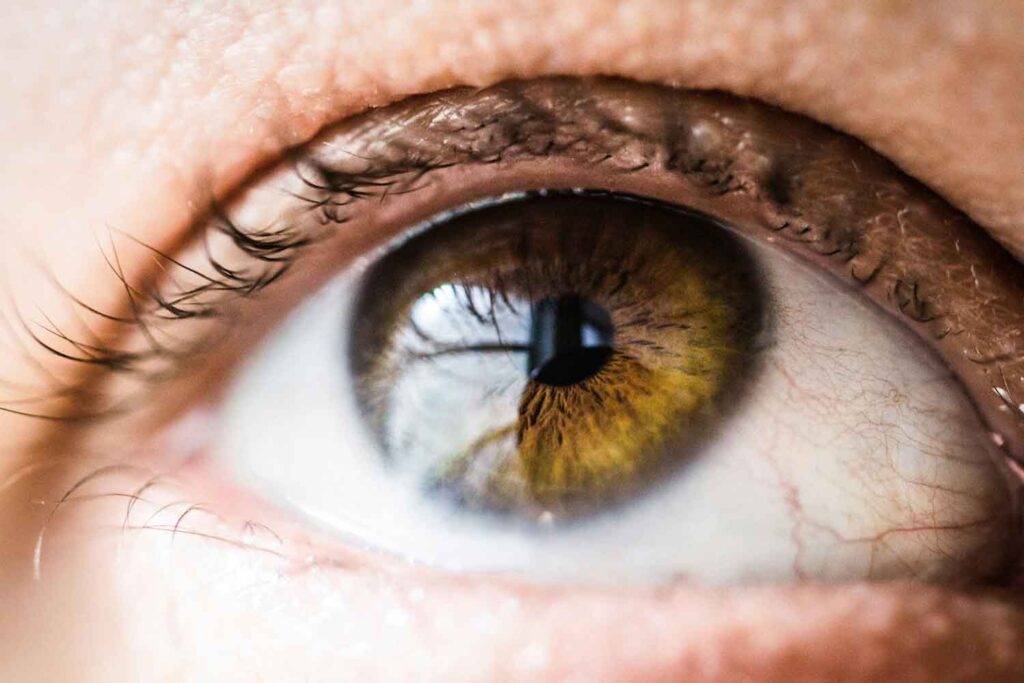What is the entourage effect and is it real?

Cannabis has over 100 cannabinoids. The cannabinoids are responsible for the effects of cannabis. Whether you love the medicinal benefits of cannabis or getting high, you owe your thanks to the cannabinoids. Cannabidiol (CBD), one of the many cannabinoids found in cannabis has proven to relieve certain types of epilepsy. People believe that CBD helps with other things such as pain management. Tetrahydrocannabinol (THC), another cannabinoid is what’s responsible for the high some people feel after using cannabis. What’s really interesting is that scientists believe that these cannabinoids and others work together. This is called the entourage effect. Let’s get into some details.
Feature Photo Source: Unsplash
What is the entourage effect?
According to Healthline, the entourage effect is the theory that “all the compounds in cannabis work together, and when taken together, they produce a better effect than when taken alone.” The question is, the cannabis entourage effect real? Well, a couple of studies seem to prove that.
The term was first used in relation to cannabis by Professors Raphael Mechoulam and Shimon Ben-Shabat in 1998. According to a study published in Frontiers in Plant Science, the professors posited that “the endocannabinoid system demonstrated an ‘entourage effect’ in which a variety of ‘inactive’ metabolites and closely related molecules markedly increased the activity of the primary endogenous cannabinoids, anandamide and 2-arachidonoylglycerol.”
Many other studies have supported the claim that the compounds found in cannabis work together. Let’s look at a few examples.
Entourage effect and cannabinoid research
According to a 2011 review, terpenes and phytocannabinoids, when taken together, are effective against certain ailments. Just to be clear marijuana terpenes are aromatic compounds that give plants their smell. Cannabis is filled with terpenes and science is showing that terpenes do more than give off an aroma, they can also be beneficial to the human body.
According to the review, “terpenoid components in concentrations above 0.05% are considered of pharmacological interest.” THC along with various terpenes can produce analgesic properties. CBD on the other hand can produce anti-anxiety properties with the help of the terpenes called linalool and limonene.
According to the same review, it proved that terpenes have an effect on the brain. The study said, “mice exposed to terpenoid odours inhaled from ambient air for 1 h demonstrated profound effects on activity levels, suggesting a direct pharmacological effect on the brain, even at extremely low serum concentrations.”
Terpenes may even be involved with getting high. According to Medical News Today, “some people believe that terpenes will affect or enhance the high a person gets from using cannabis. This is known as the entourage effect, and it implies that terpenes enhance or alter the effects of THC and CBD in the body.”
Entourage effect CBD
The entourage effect is visible with other cannabinoids working together and not just between cannabinoids and terpenes. Studies have shown that CBD has an effect on THC. According to Healthline, CBD can reduce the negative effects of some experiences with THC such as anxiety, hunger, and sedation.
Another example of the entourage effect was found in a study of breast cancer cells. According to the study, a cannabis extract treatment worked better than pure THC. The reason behind this is due to the presence of the cannabigerol (CBG) and tetrahydrocannabinolic acid (THCA) cannabinoids found in the cannabis extract.
Hemp entourage effect
The effects of hemp seed oil may be another example of the entourage effect. CBC, CBG and THCV may work together to provide hemp’s medicinal benefits.
What are flavonoids
We haven’t really discussed flavonoids yet and they’re important to the entourage effect too. So what are flavonoids? Flavonoids are phenolic and aromatic compounds and they’re certainly not unique to cannabis. According to a study, over 20 flavonoids have been identified in cannabis. One role flavonoids have is contributing to the scent of the plant. However, they seem to be very beneficial to humans.
Flavonoids benefits
According to an overview published in the Journal of Nutritional Science, flavonoids benefits include “anti-oxidative, anti-inflammatory, anti-mutagenic and anti-carcinogenic properties” and the ability to “modulate key cellular enzyme function.”
The study states that flavonoids may have an effect on THC. The study stated, “flavonoids may also modulate the pharmacokinetic of THC, via inhibition of the hepatic P450 enzymes (3A11 and 3A4).”
The terpene entourage effect with flavonoids and phytochemicals
Another study done in 2018 says certain flavonoids and terpenes may contribute to better brain health alongside CBD. They do this through their neuroprotective and anti-inflammatory effects.
How you can benefit from the entourage effect
As mentioned before, CBD and THC together may be more beneficial to you together than apart. However, as Healthline puts it, it depends on the person. Healthline’s advice is, “If you want to try taking CBD and THC, start by talking to your healthcare provider. They may be able to provide a recommendation, and can advise you of potential drug interactions if you’re taking any medications.”
However, they did offer some tips if you’d like to try CBD and THC together.
- Start off with a low dose and increase it if you need to. Healthline suggests 5mg or less of THC if you’re an infrequent user or a beginner. With CBD, however, you can try a higher dosage. You can try between 5mg and 15mg.
- Experiment with the timing of both compounds. That means seeing if taking both for the same amount of time works for you or one after the other.
- Try various delivery methods such as gummies, food, topicals etc.
Studies against the cannabis entourage effect
As Healthline puts it, the entourage effect right now is a well-supported theory but more research is needed. A study examined six common terpenoids both by themselves and in combination with cannabinoid receptor agonists, on CB1 and CB2 signaling in vitro. According to the study, “None of the six of the most common terpenoids in Cannabis directly activated CB1 or CB2, or modulated the signaling of the phytocannabinoid agonist Δ9-THC.” The researchers believe that if the entourage effect does exist between cannabinoids and terpenes then it doesn’t exist at the CB1 or CB2 receptor level.
The study went on to suggest some possibilities. It said, “It remains possible that terpenoids activate CB1 and CB2 signaling pathways that do not involve potassium channels; however, it seems more likely that they may act at different molecular target(s) in the neuronal circuits important for the behavioral effect of Cannabis.” The study concluded by saying that it is not a rebuttal of the entourage effect.
Conclusion
There is overwhelming evidence showing that the various chemical compounds found in cannabis work together to produce an effect. The evidence is showing that the entourage effect may also be helpful to us. However, more research is needed especially to show in more detail the pathways they use. We’re looking forward to the new revelations that will come with research into the entourage effect.












